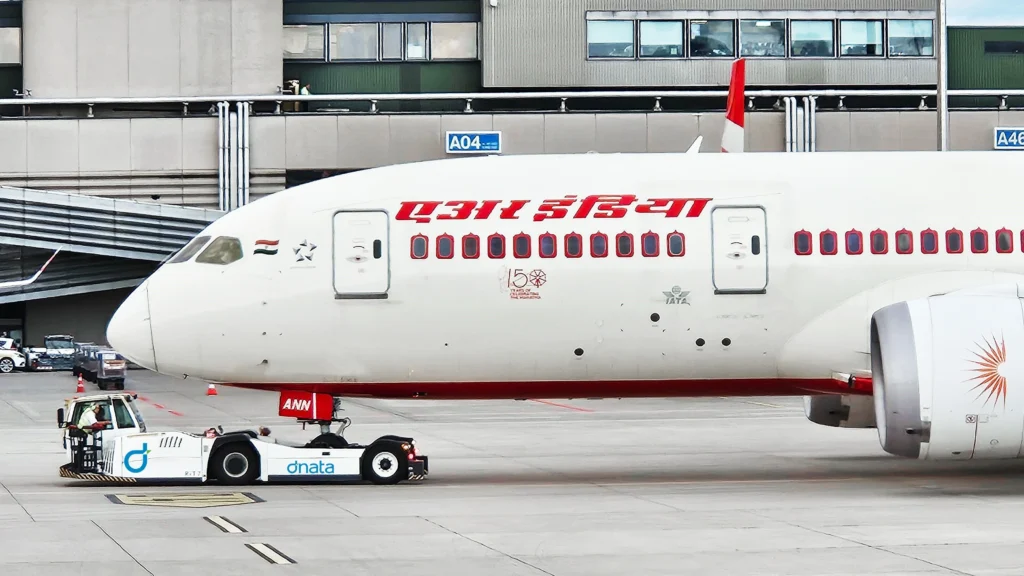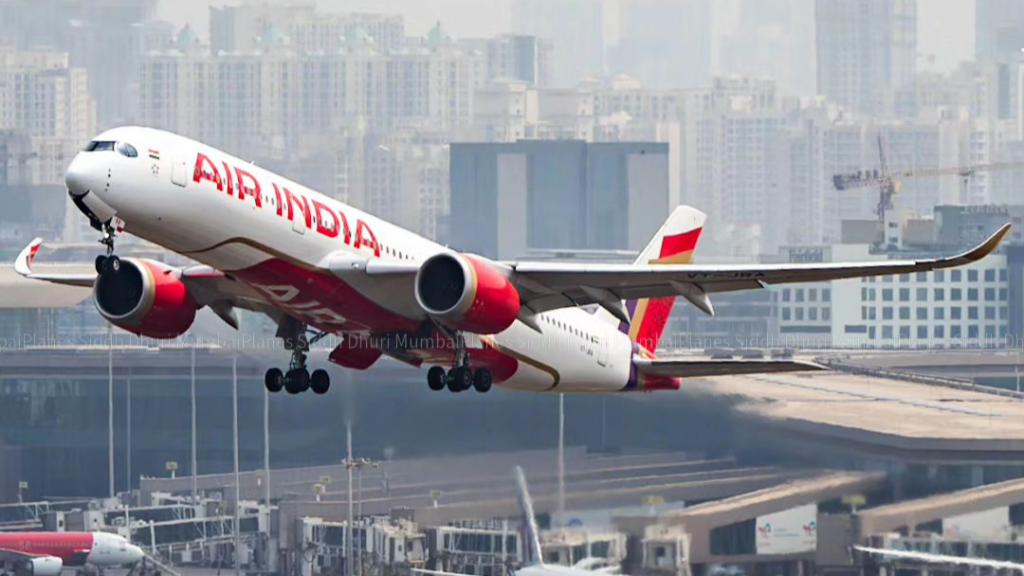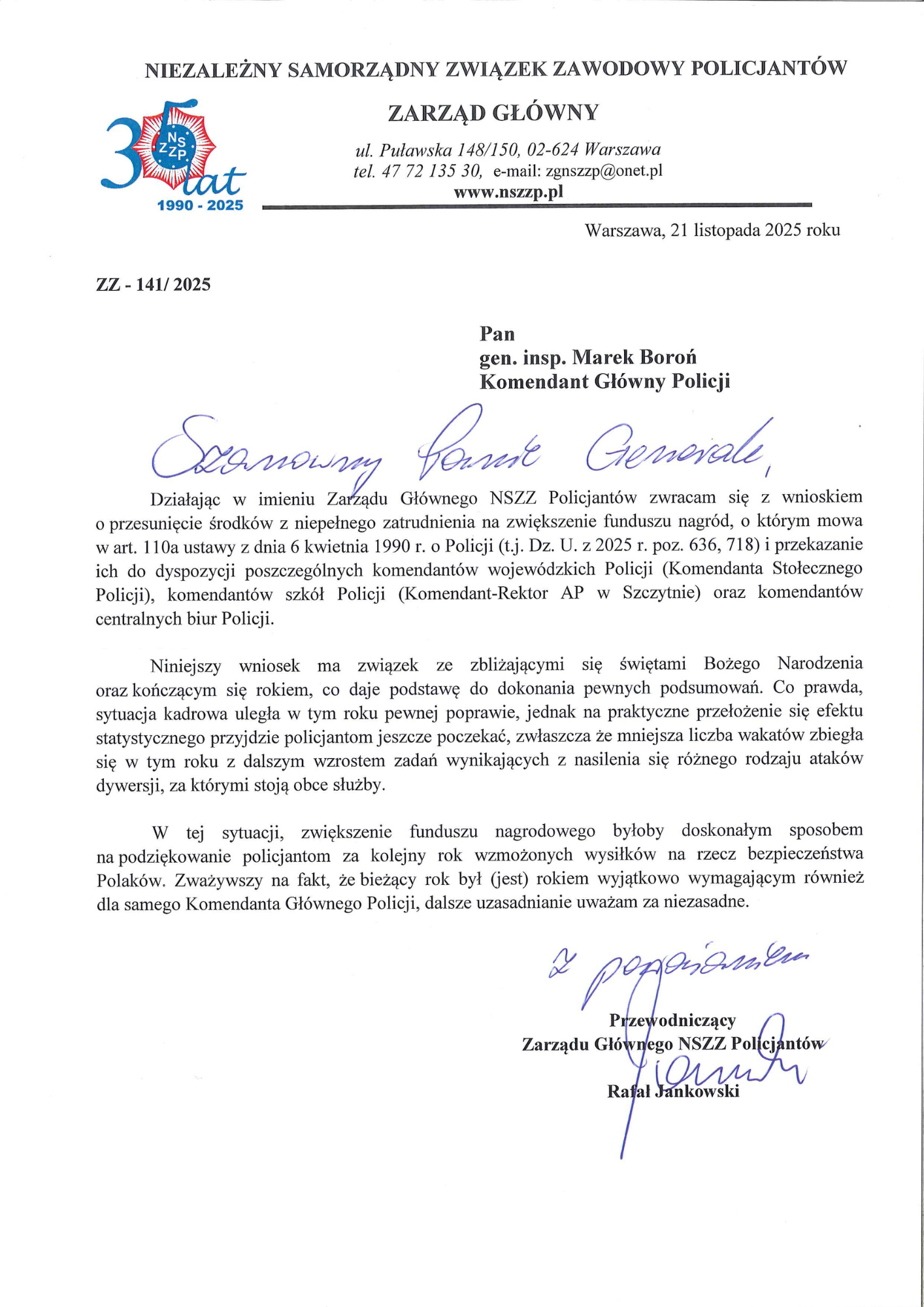
MUMBAI- Tata Group-owned Air India (AI) is in advanced talks with Adani Airports Holdings Ltd. (AAHL) to establish the upcoming Navi Mumbai International Airport (NMIA) as a hub for its international operations.
The move aims to expand the airline’s global network while easing capacity constraints at Mumbai’s primary Chhatrapati Shivaji Maharaj International Airport (BOM).
The new airport, scheduled to begin commercial operations by mid-November, will open with both domestic and international flights. NMIA, operated by AAHL, is set to become India’s second-largest airport operator by passenger volume.
 Photo: NMIA
Photo: NMIAAir India Eyes Navi Mumbai Hub
Terminal 2 at NMIA is being designed for hub operations from the outset, with Air India contributing to the design process. Industry sources confirm this with FE that the existing infrastructure at BOM is already operating at full capacity, leaving little scope for expansion or redesign.
The Navi Mumbai facility is expected to take over as the region’s dominant international gateway over time, supported by modern infrastructure and planned scalability.
Air India Express (IX) may be the first to transition part of its international operations to NMIA, allowing the group to assess operational requirements before a larger shift.
AAHL projects that Terminal 1, with a rated capacity of 20–23 million passengers annually, will reach capacity within six months of opening. Construction on Terminal 2 has already begun, with completion targeted for 2029, bringing total airport capacity to 60 million passengers annually and supported by two operational runways.
 Photo: Dnata
Photo: DnataExpansion Plans and Challenges
Air India, under Tata Group ownership, has already partnered with Kempegowda International Airport (BLR) to develop Bengaluru as a southern India hub.
The airline has inducted six Airbus A350 aircraft for long-haul routes but has slowed global expansion due to aircraft shortages.
The refurbishment of 13 Boeing 777-300ER aircraft has been delayed by a year, now expected to finish in October 2028.
Additionally, flights between Delhi (DEL) and Washington (IAD) will be suspended from September 1, citing limited availability of Boeing 787-8 aircraft and ongoing Pakistani airspace restrictions. The airline is retrofitting 26 of its 787-8 fleet.
 Photo: Siddh Dhuri | MumbaiPlanes
Photo: Siddh Dhuri | MumbaiPlanesNMIA’s Position in India’s Aviation Landscape
Prabhat Mahapatra, Chief Operating Officer of NMIA, has stated that the airport is designed to become a major transfer hub, similar to Dubai (DXB), Amsterdam (AMS), London (LHR), Hong Kong (HKG), and Singapore (SIN).
India’s geographic position enables efficient east–west connectivity, offering a competitive advantage for hub operations.
Mumbai Metropolitan Region will be the first in India to host two major airports. NMIA also plans to improve regional air connectivity by linking underserved airports such as Kolhapur (KLH) and Solapur (SSE), stimulating economic activity and boosting passenger traffic from rural and remote regions.
Beyond passengers, NMIA will serve as a cargo hub, with the capacity to handle 3.2 million metric tonnes of freight annually, further strengthening its role in trade and logistics.
Stay tuned with us. Further, follow us on social media for the latest updates.
Join us on Telegram Group for the Latest Aviation Updates. Subsequently, follow us on Google News
Adani to Invest $3.4 Billion in Navi Mumbai Airport Phase 3 Expansion
The post Air India Plans New Global Hub at Navi Mumbai Airport appeared first on Aviation A2Z.


















